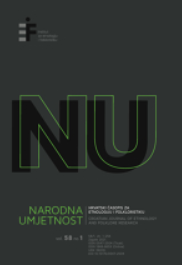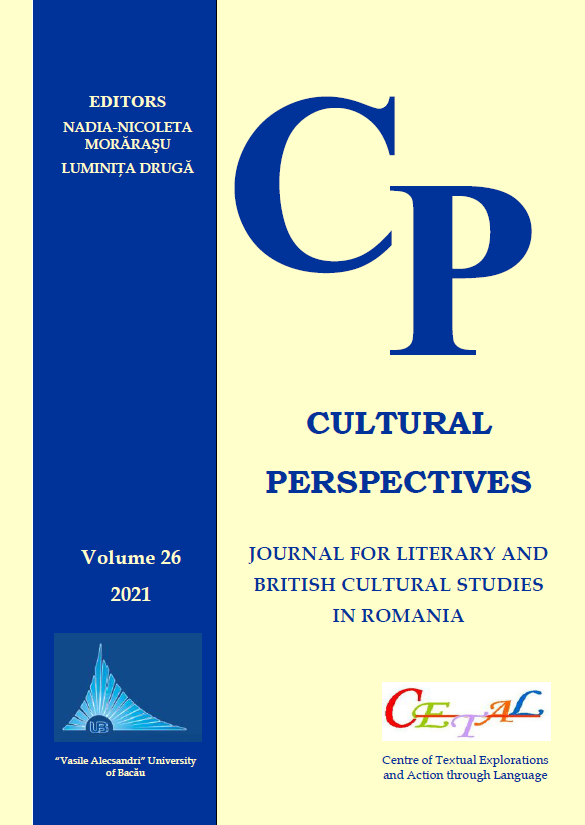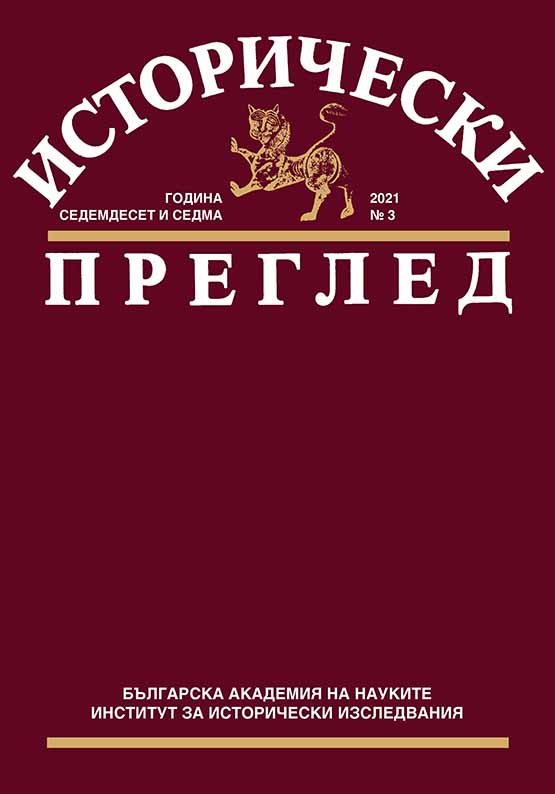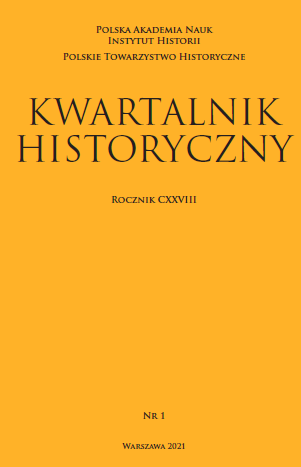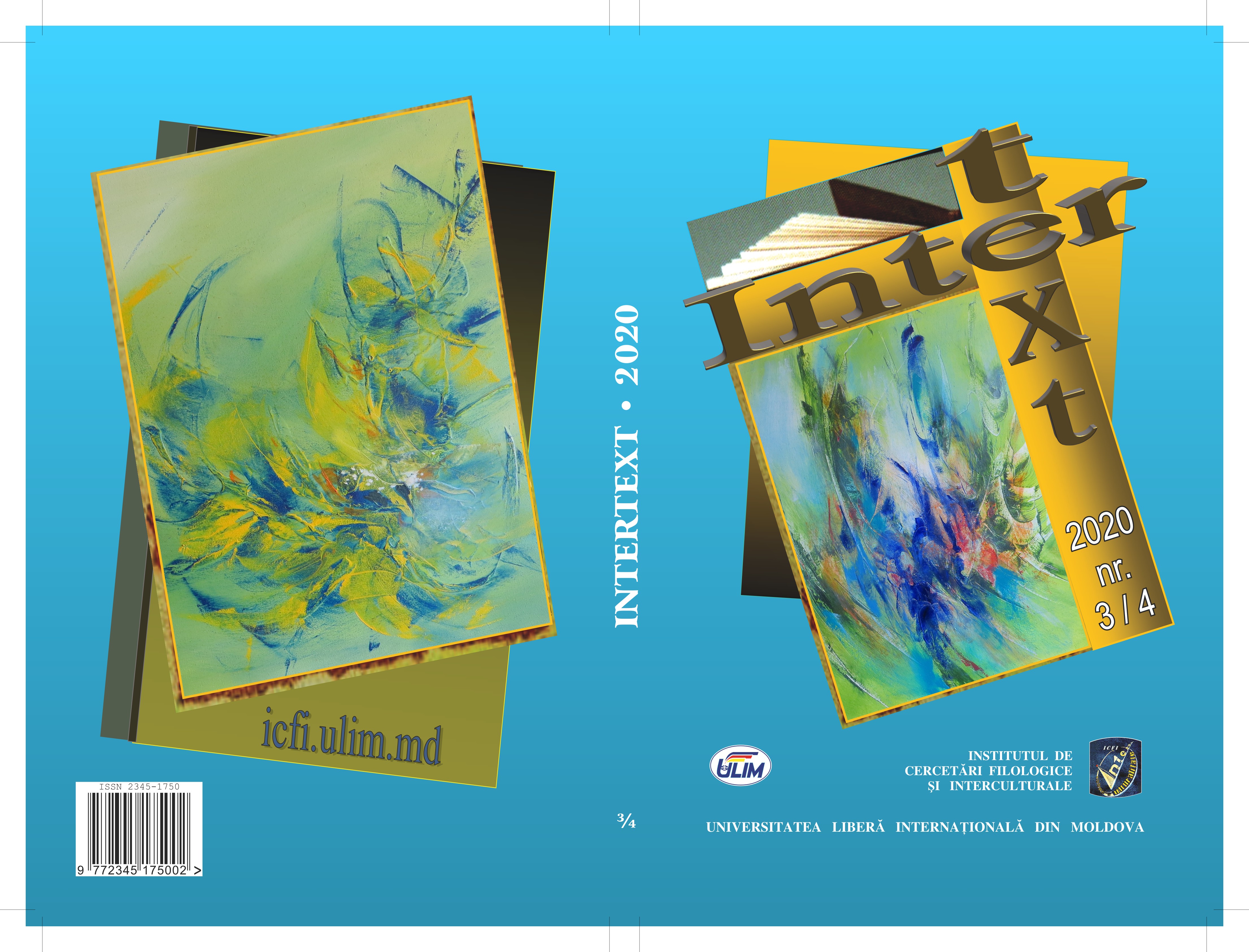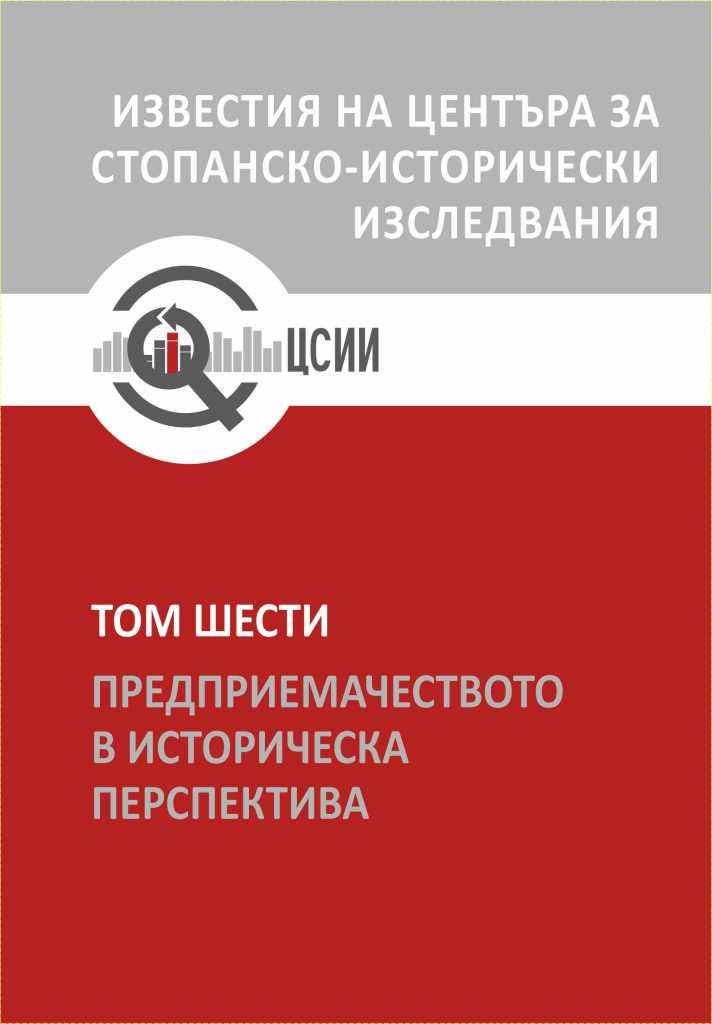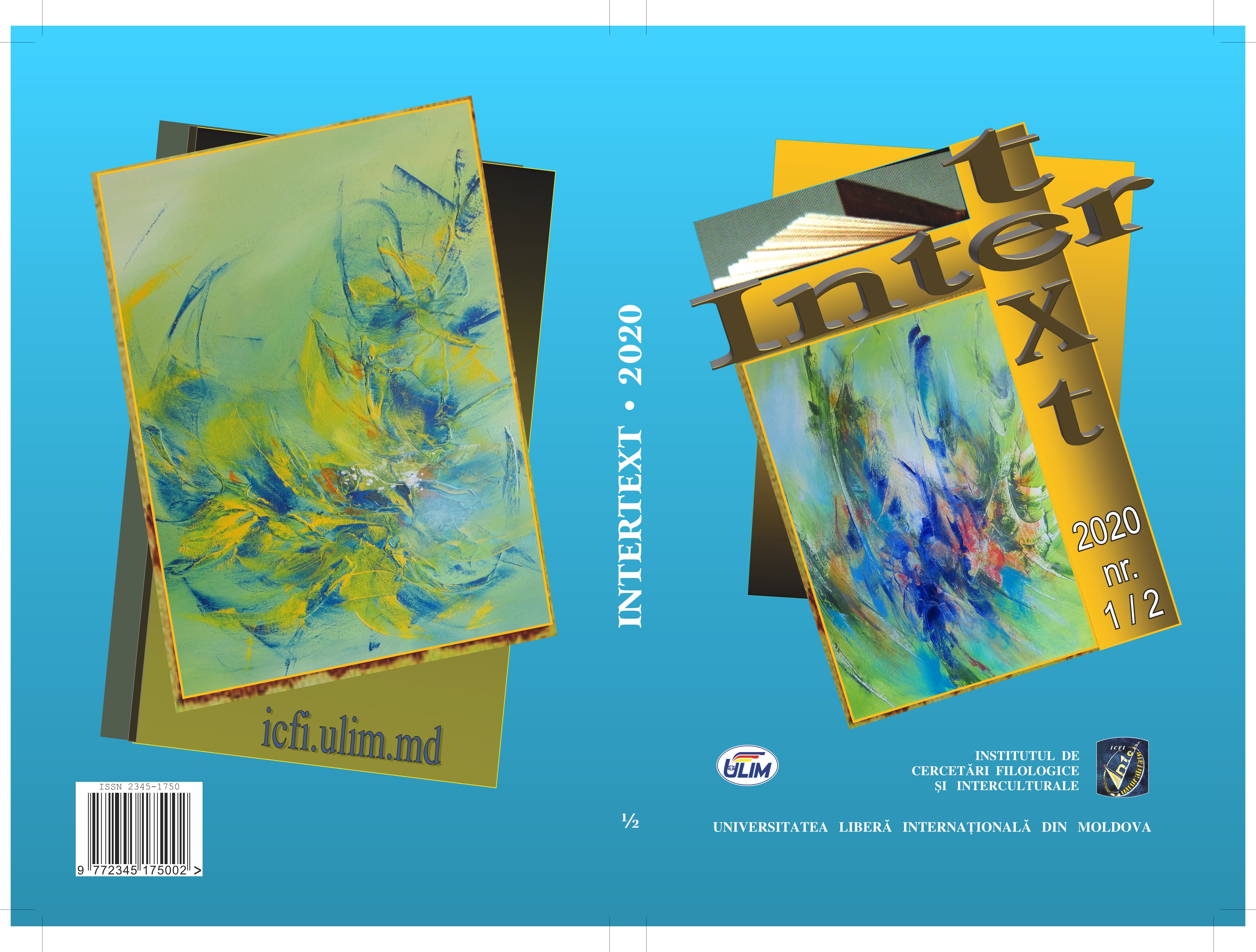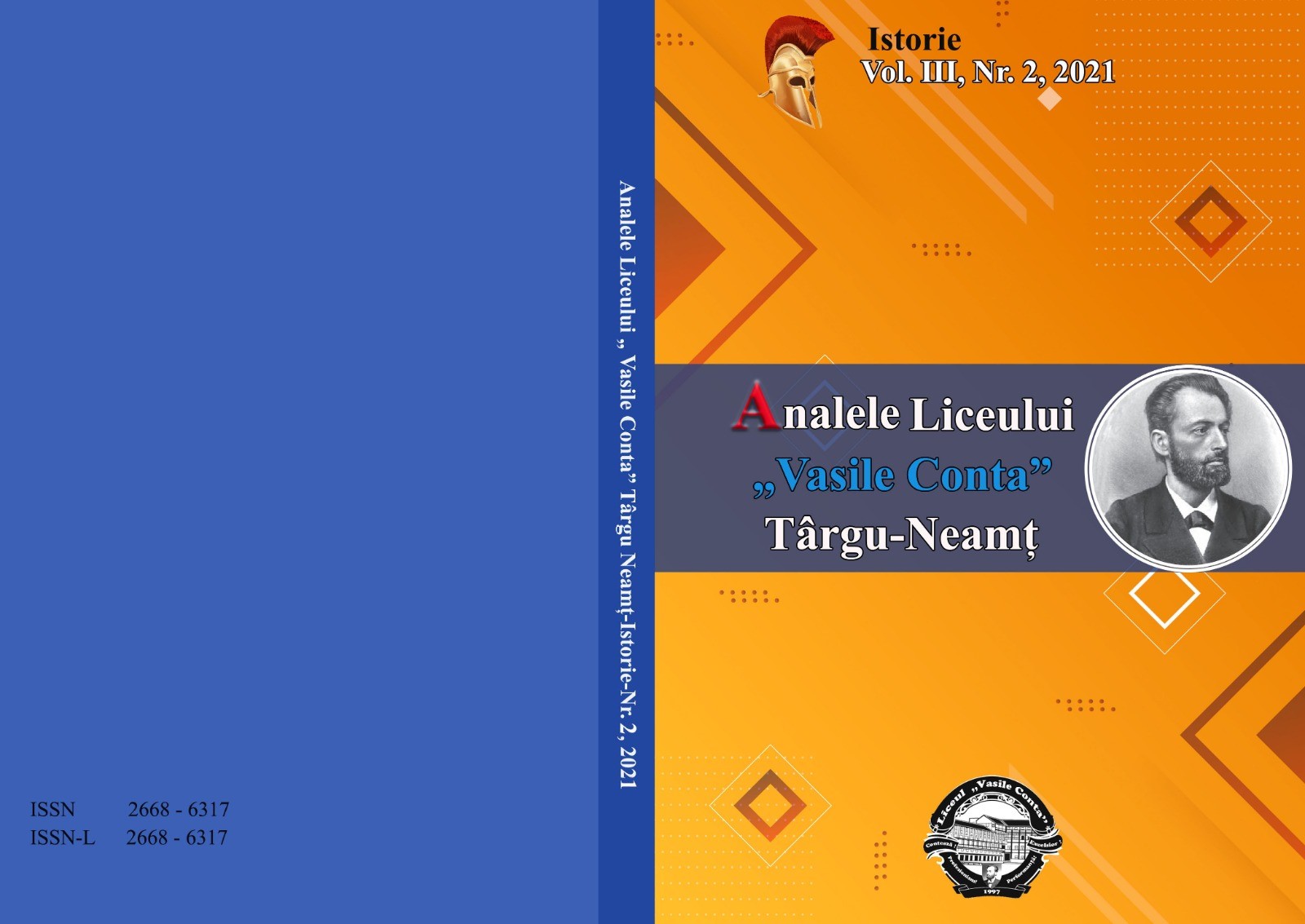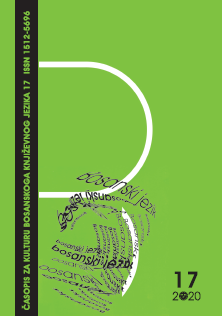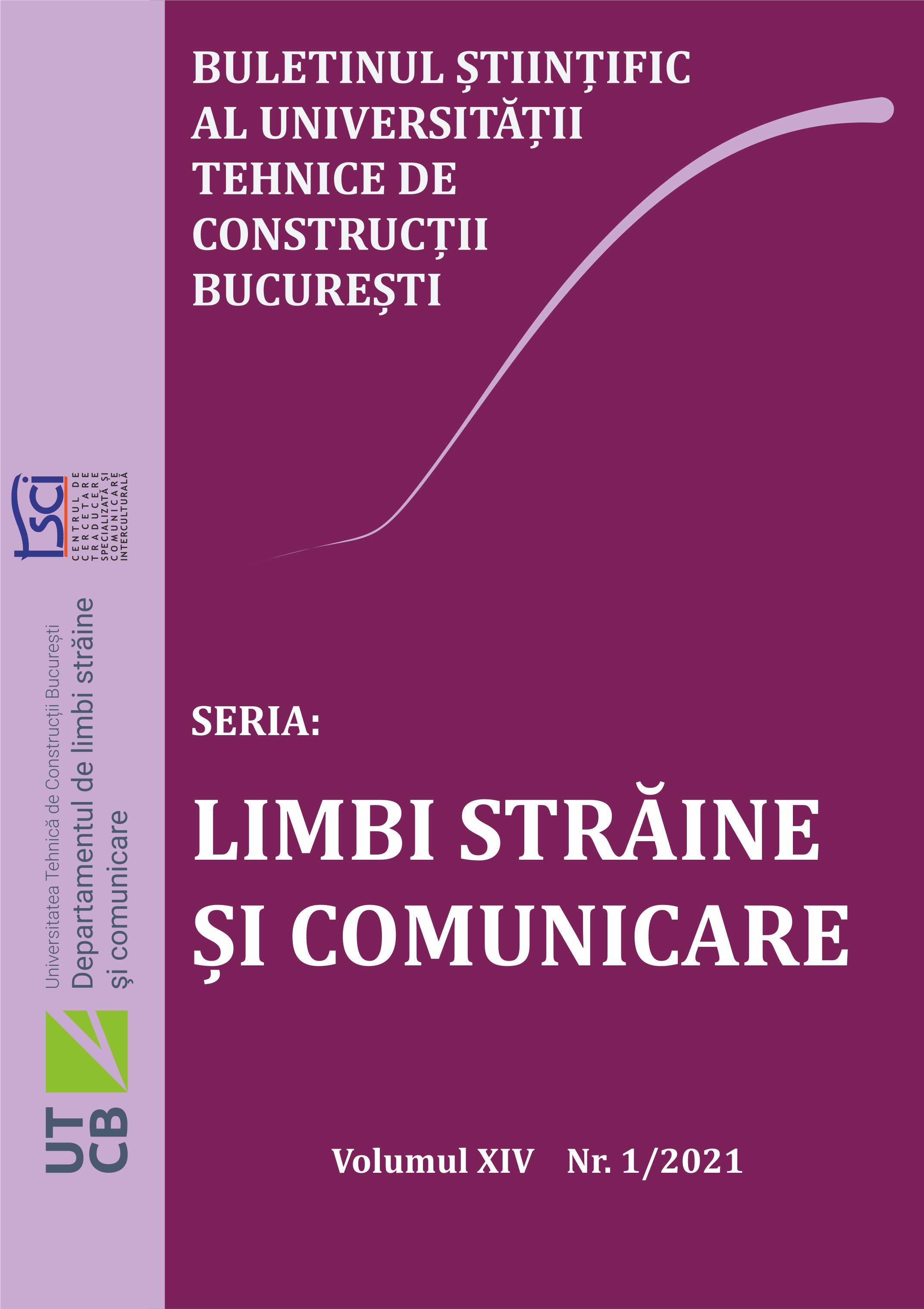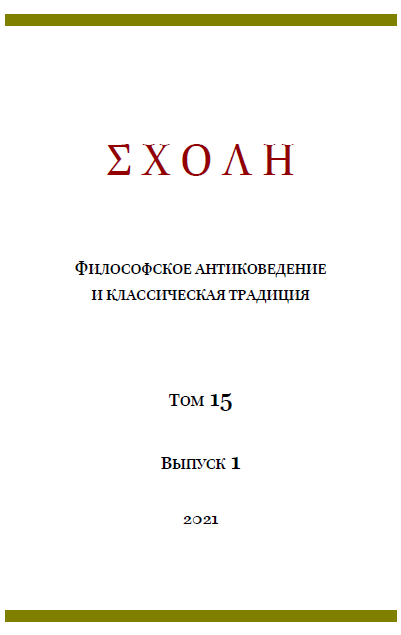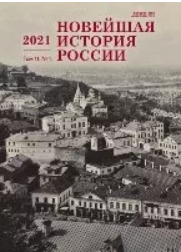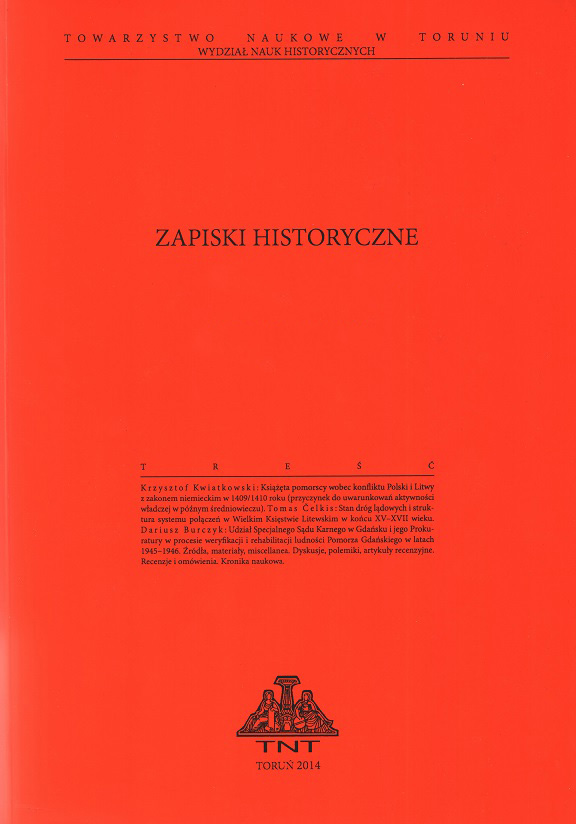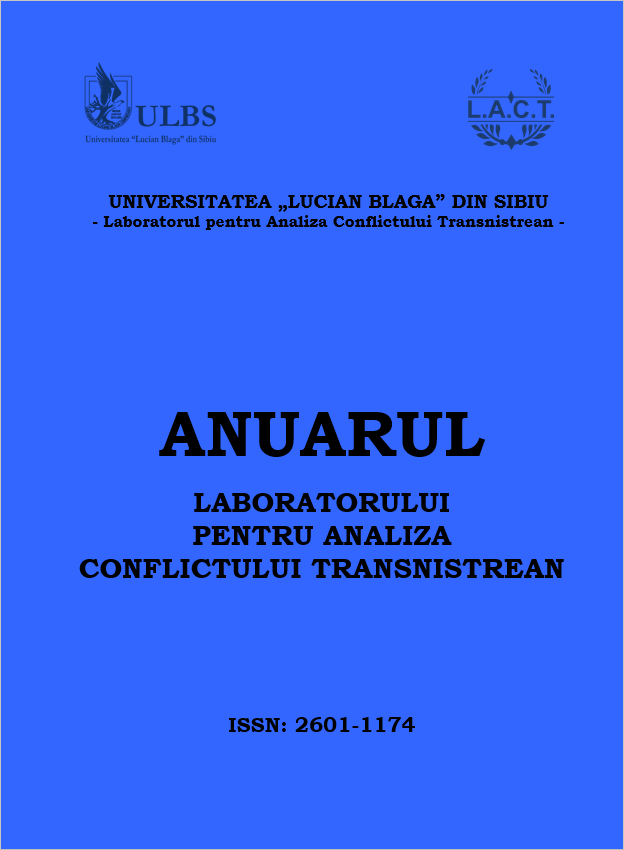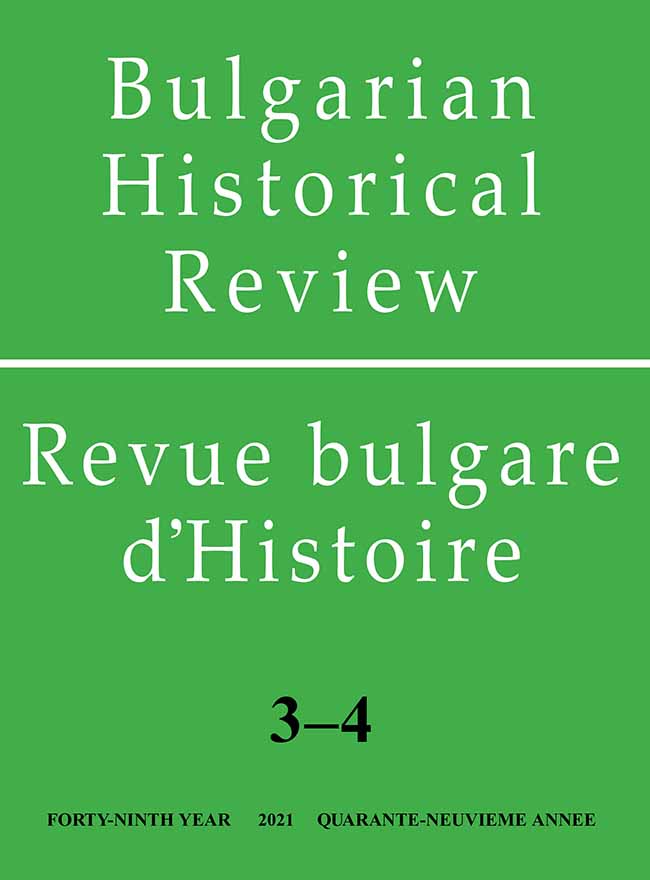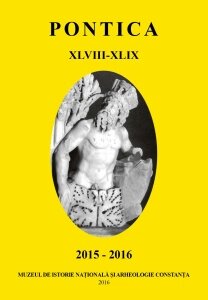
Noi interpretări privind rangul scaunului bisericesc de la Tomis în secolele al V‐lea și al VI‐lea p. Chr.
As far as it is known, there had been in existence only the seat of Tomis in the civil Roman province of Scythia (today’s Dobruja, in Romania and Bulgaria) at least until 534. However, the bishops of Tomis had been referred to by several historical sources as metropolitans even before 534. What the present paper focuses on is precisely the ecclesial rank of the seat of Tomis (today’s Constanța, Romania) during the 5th and 6th centuries. Evaluating the preserved documentary testimonies, the author concludes that, between 381 and May 536, there used to be in existence a large ecclesial eparchy of Scythia. On the one hand, this included Tomis, as its metropolitan seat, and, on the other hand, Chersonesus (today᾽s Sevastopol, Crimean Peninsula), Bosporus (ancient Pantikapaion, modern Kerch, Crimean Peninsula) and Odessos (today᾽s Varna, Bulgaria), as ordinary bishoprics. The bishopric of Chersonesus as a seat in ecclesial Scythia is attested by the list of signatures of the first council in Constantinople (381). The bishopric of Odessos is attested by Encyclia (457/458). As concerns the bishopric of Bosporus, this is a fair inference as there is no clear evidence that it belonged to ecclesial Scythia. The large eparchy of Scythia was reorganized in May 536, under Justinian I (527‐ 565). At the time, Tomis lost its former suffragan bishoprics – i.e. Chersonesus, Bosporus and Odessos – and the extent of the ecclesial Scythia was reduced to the territory of the homonymous civil Roman province. However, the seat of Tomis preserved the metropolitan rank while its new suffragans became fourteen bishoprics organized in the chief towns of the province at that moment. As argued further on, the existence of this second eparchy of Scythia is attested by Notitia episcopatuum 3 (in the Darrouzès edition, the so‐called Carl de Boor᾽s Notitia).
More...
